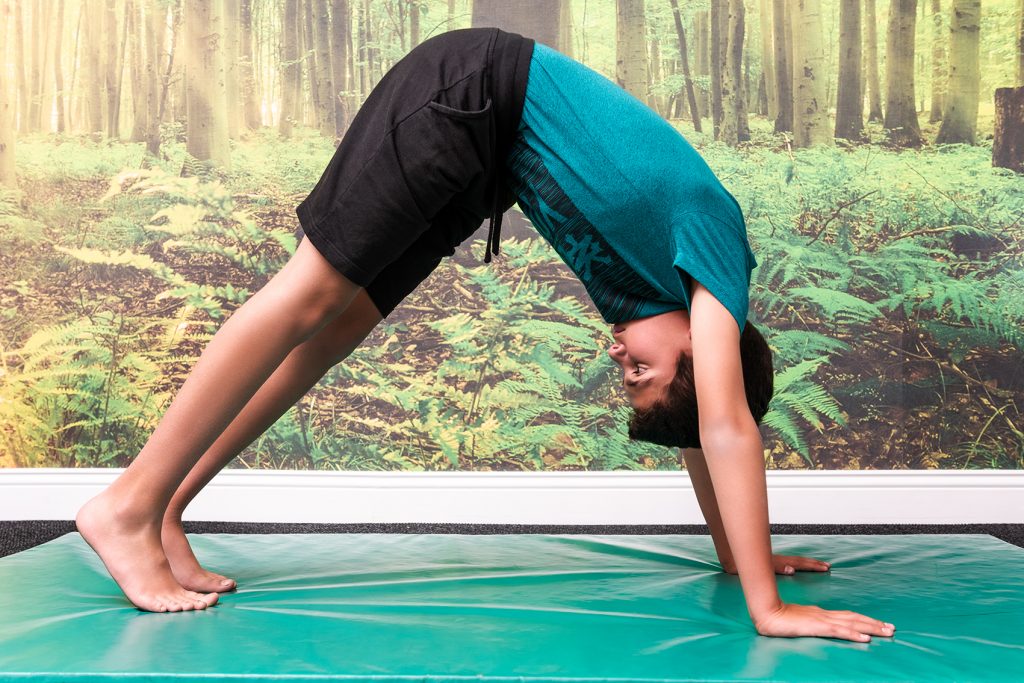
Did you know that muscle tone is genetic and can’t be changed? The muscle tone you are born with is what you will have for the rest of your life. However, low muscle tone in children can be improved through their developing years.
First, we must understand what ‘Low muscle tone’ means. ‘Low muscle tone’, also referred to as hypotonia, is a condition in which the amount of tension or resistance of a muscle in response to movement, is abnormally low. Muscle tone is regulated by signals which travel from the brain to the nerves, telling the muscles to contract.
This condition occurs when the length of the resting muscle is somewhat longer than typical. The muscle needs to go through a greater range of motion and requires greater stimulation to be activated, resulting in an increased response time. The ability to create and sustain a muscle contraction is essential during the development of motor skills, coordination, and balance skills. If there is low muscle tone, more effort is required to contract a muscle. This result has an effect on a child’s development and performance abilities. Extra energy is required and contributes to the decrease in the child’s endurance.
Signs and symptoms to look for:
Children may experience:
Common difficulties often experienced:
Although we mentioned that this condition is genetic, there are still ways to improve. This can be achieved by starting with exercise as soon as any of the above-mentioned signs and symptoms become present in your child!
Exercises that target ‘Low muscle tone’ will focus on and consists of:

Examples of such exercises could be: activities which involve crawling across different surfaces, pulling to stand up straight (such as at vertical surface, pulling yourself up, to promote arm and leg strength), walking on your hands and feet (such as wheelbarrow walking or crab walking to promote arm, back and core strength), squatting and returning to stand (with trunk/arms/hands on couch or low table for support), rolling, etc.
Aqua therapy is very beneficial for children with ‘low much tone’. It is fun and engaging at the same time. Aqua therapy is a form of exercise and activity that uses water (temperature, hydrostatic pressure, resistance and buoyancy) to achieve therapeutic goals. One of the greatest benefits of aqua therapy is that it puts less strain on the child’s joints while normalizing their muscle tone. There is much less gravity in the water making it easier for them to move without creating too much fatigue. While the child exercises, they are buoyed and supported by the water. Aqua therapy also improves circulation in the body and overall cardiovascular endurance. The pool is the perfect environment to learn these skills as it is safe, makes movement easy, and it’s fun!

The water is a great way for children to improve strength, focus on body awareness, sensory integration, motor planning, and learning how to move their muscles in new ways.
For More information, please contact us.
How To Help A Child With Low Muscle Tone. (2015, August 25). Retrieved from Cheshire Fitness Zone.
How to help Childern with Low Muscle Tone. (2018, October 14). Retrieved from Your Therapy Source.
Hypotonia. (2018, June 11). Retrieved from The NHS.
Kids Health Information. (2018). Retrieved from Low Muscle Tone.
Low Muscle Tone. (2020). Retrieved from Kid Sense.
McDonald, M. (2018, September 27). Living and Loving. Retrieved from Low muscle tone | The facts.
WHAT IS AQUATIC THERAPY? (n.d.). Retrieved from Wonder Baby.